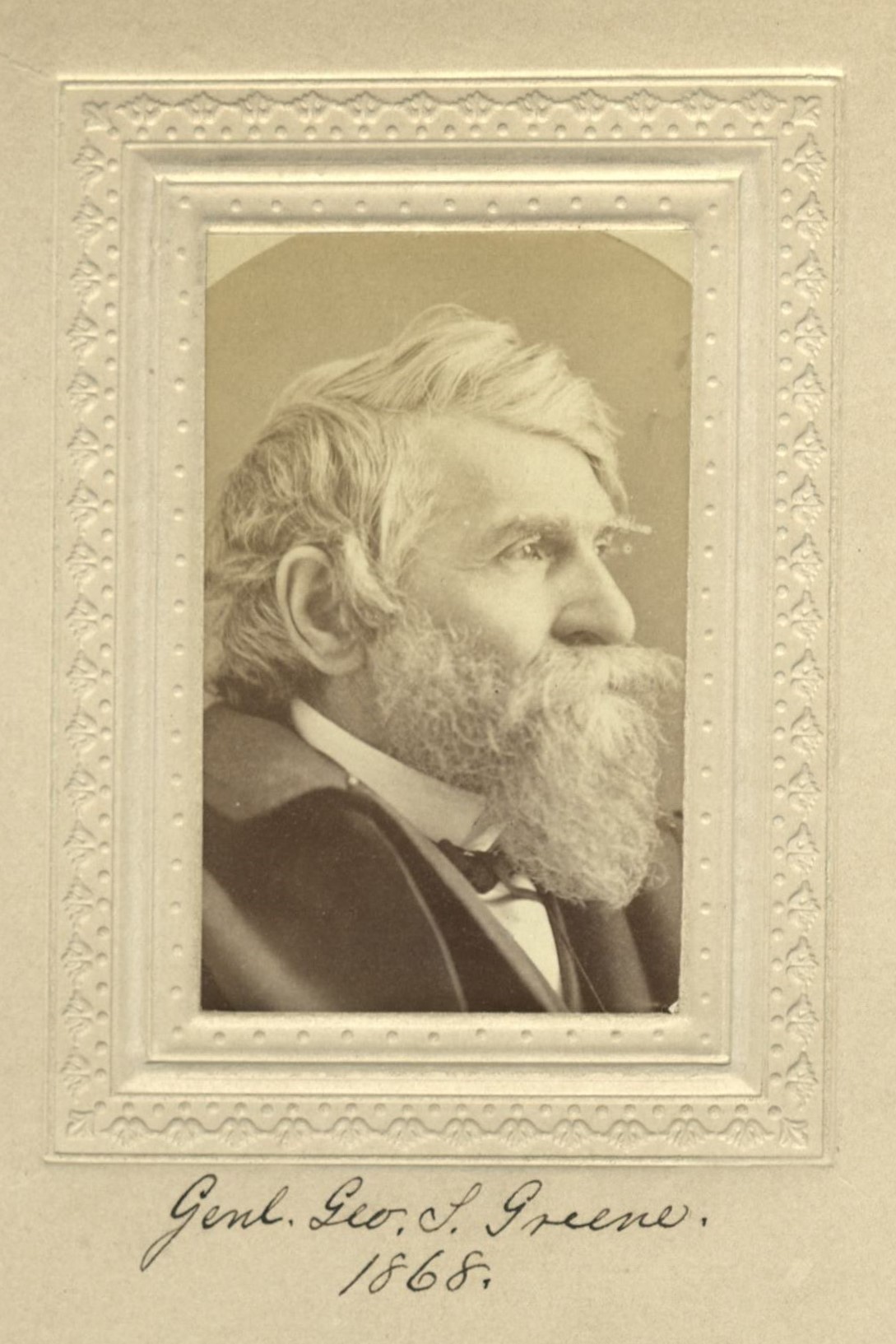Member Directory,
1847 - 1922
Edward R. Hewitt
Chemist
Centurion, 1897–1957
Abram S. Hewitt and George S. Greene
Ringwood, New Jersey
New York (Manhattan), New York
Age twenty-nine
Brooklyn, New York

Archivist’s Notes
Son of Abram S. Hewitt; brother of Peter Cooper Hewitt; nephew of Edward Cooper; uncle of Norvin H. Green
Century Memorial
Edward Hewitt was the son of Abram Hewitt, Mayor of New York in 1887–88. His grandfather was Peter Cooper, the founder of the Cooper Union. He reports about himself that he did not learn to read till he was twelve years old; but before that he had built a steam engine that worked, and had helped his grandfather to entertain distinguished guests, like Alexander Graham Bell and Thomas A. Edison. His inclination toward science began early and lasted to the end.
He got his first job with Sir Hiram Maxim in 1890, working on propeller problems for airplanes. There were no airplanes at that time, but the problems had already begun to appear. In the early 1900’s he designed the first V-8 engine, and the first heavy-duty farm tractor. But he was interested in all kinds of things. He experimented in photography and color photography, and took the first color photograph of an eclipse of the sun. His interest in chemistry stemmed from a year he spent studying at the University of Berlin; and after his return to America he always had a large laboratory in his home at Liberty, New York.
He was the holder of dozens of patents for inventions, which varied from strings for musical instruments to a noiseless vacuum cleaner. He had an extensive knowledge of psychological medicine and developed several cures that he tried out on himself—without ill effects.
He was a member of the Century for sixty years and all that time a familiar figure in the club house. He liked very much to talk, and he talked well and without any uncertainty. In a long life he had accumulated a wealth of gossip and information and an impatience with mawkishness that made him amusing, and lively, and well worthwhile listening to. He was deft with his hands, and his last contribution to civilized society was the “Hewitt Book Mend,” an ingenious outfit of glue, brushes, elastic bands and molds for the binding and repairing of books. The old man was proud of this—especially the glue—and rightly so, for it has probably given pleasure to more Centurions than anything else he ever did.
He had fun right up to the last. When he was ninety, the reporters came to see him, and he explained what was wrong with the world and what he personally did about it. They took his picture while he was hanging from a horizontal bar in his shirt-sleeves. He was a free spirit, unshackled by timidity or false modesty, and, like da Vinci, he had the capacity of seeing old things with new eyes.
George W. Martin
1958 Century Association Yearbook



